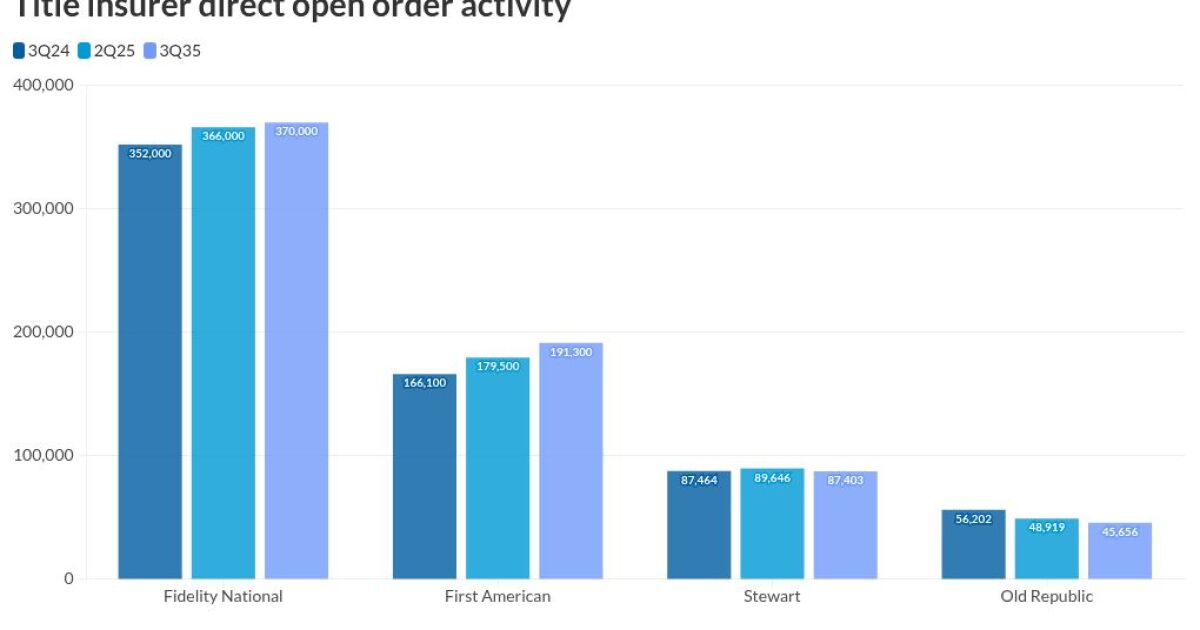
(Bloomberg) -- Bond traders abandoned wagers that the Federal Reserve will cut interest rates in March, pushing swap rates to levels consistent with only about 50% odds of a quarter-point reduction in the federal funds target during the first quarter.
At various points during the past month, they'd come close to fully pricing in such a move in response to economic data and revised forecasts by Goldman Sachs and Barclays that cuts would begin in March.
The latest shift in the market-implied odds of a March rate cut was motivated in part by stronger-than-expected December US retail sales data. It also reflected a selloff in UK short-term debt after hotter-than-anticipated domestic inflation data spurred traders to look for less easing by the Bank of England this year.
"The market is too aggressive in pricing in the magnitude and timing of the rate cuts," said Tracy Chen, a portfolio manager at Brandywine Global Investment Management, adding that the first Fed rate cut will more likely come in June than in March. "The risk here is if we have no landing with stickier inflation. Today's retail data showed consumers are still resilient," Chen said.
Traders continue to expect the Fed to embark this year on a reversal of the aggressive tightening campaign that lifted the cap on the federal funds rate to 5.5% in July 2023 from 0.25% at the start of 2022. But they look for the cuts to total about 140 basis points, down from a recent peak near 175 basis points.
The reassessment of the likely path for US monetary policy pushed yields higher on Treasury securities, with the two-year note's climbing as much as 15 basis points to 4.37%. The UK two-year yield rose 21 basis points to the highest level since mid-December.
Longer-maturity yields rose less, which impaired demand for an auction of 20-year bonds. The sale produced a higher-than-anticipated yield of 4.423%, and dealers were awarded the biggest share since November 2021 as investors took smaller shares of the offering.
Retail sales rose 0.6% in December, the strongest pace in three months. The subset used to calculate gross domestic product increased 0.8%, the most since July. The Fed's Beige Book survey of regional business contacts released later Wednesday found that resilient consumer spending was offsetting weakness in manufacturing.
"I don't think the data is there yet for the Fed to be comfortable in cutting rates in the short term," Marilyn Watson, head of global fundamental fixed income strategy at BlackRock Inc., said on Bloomberg Television. "I think it's likely to be a bit later in the year than March."
--With assistance from Edward Bolingbroke, Liz Capo McCormick and Carter Johnson.
(Adds additional market activity and economic data in seventh and eighth paragraphs.)
More stories like this are available on bloomberg.com



